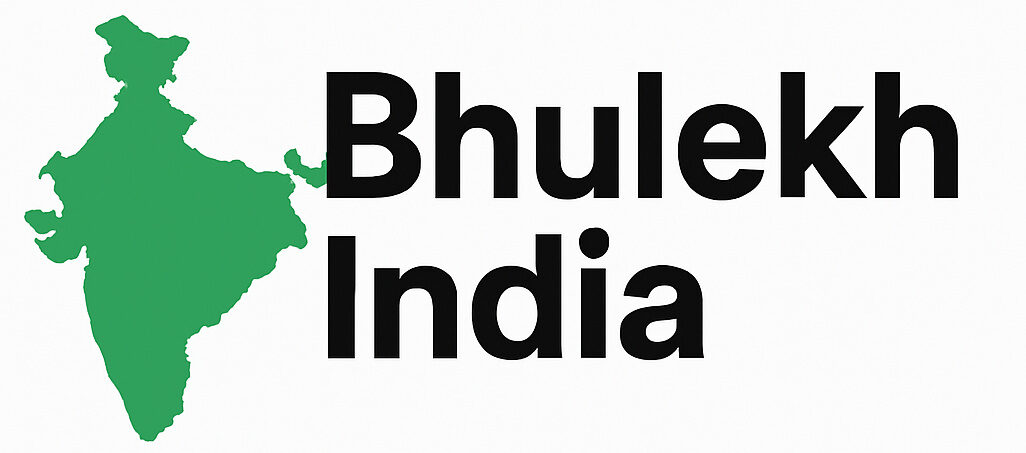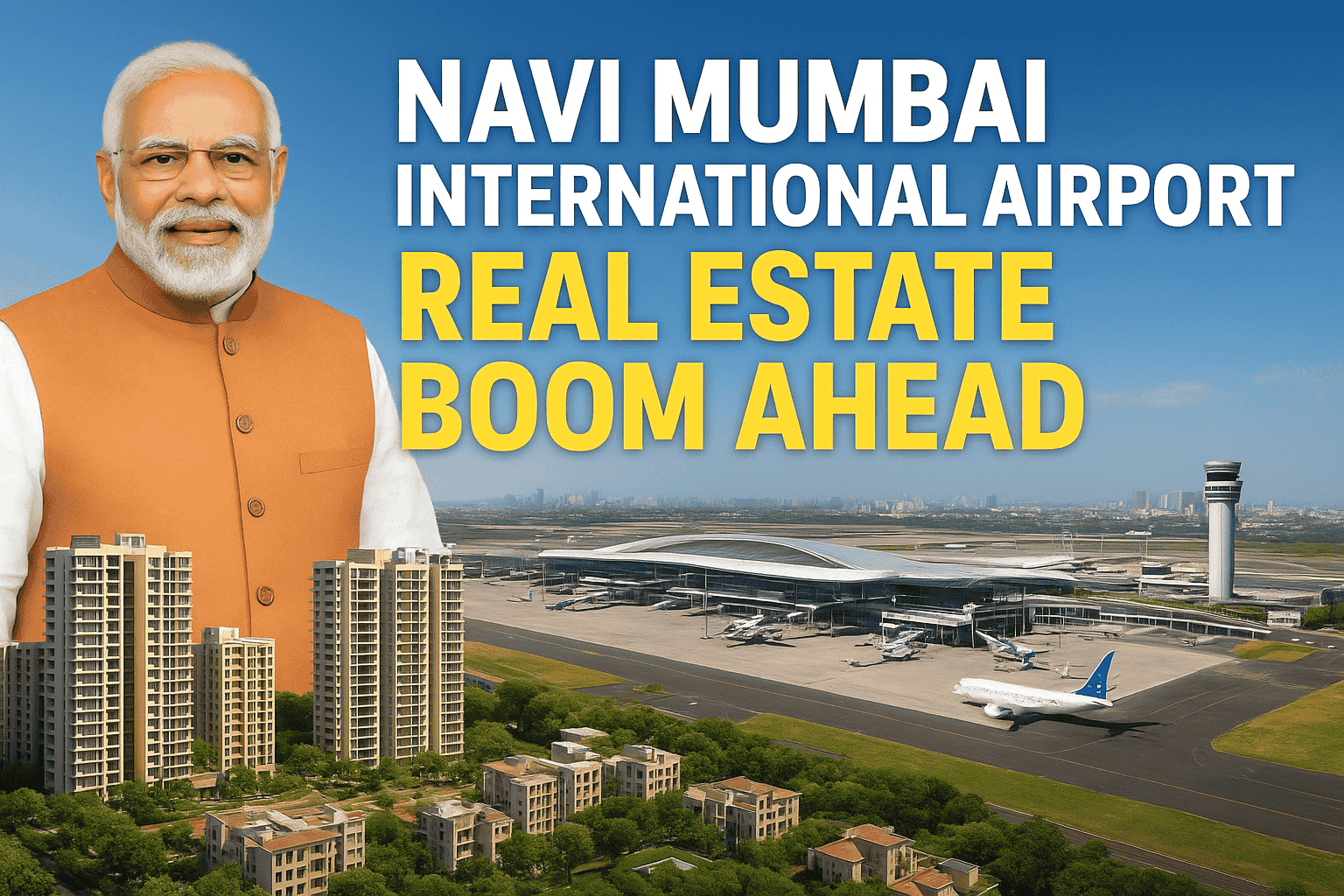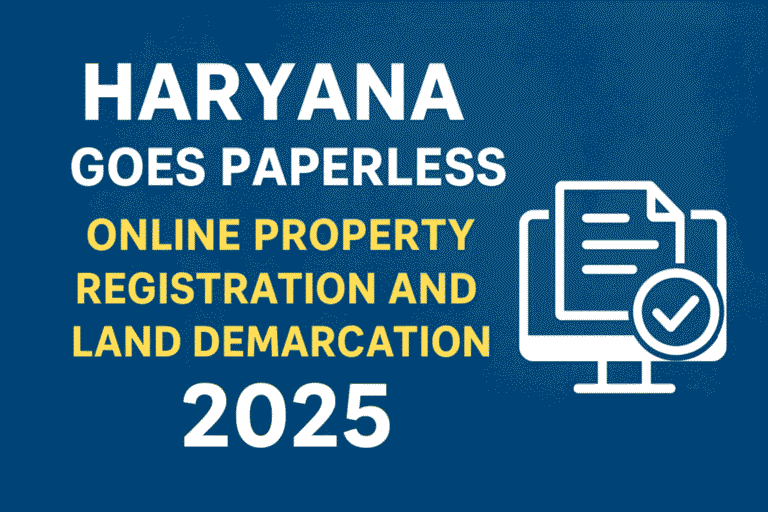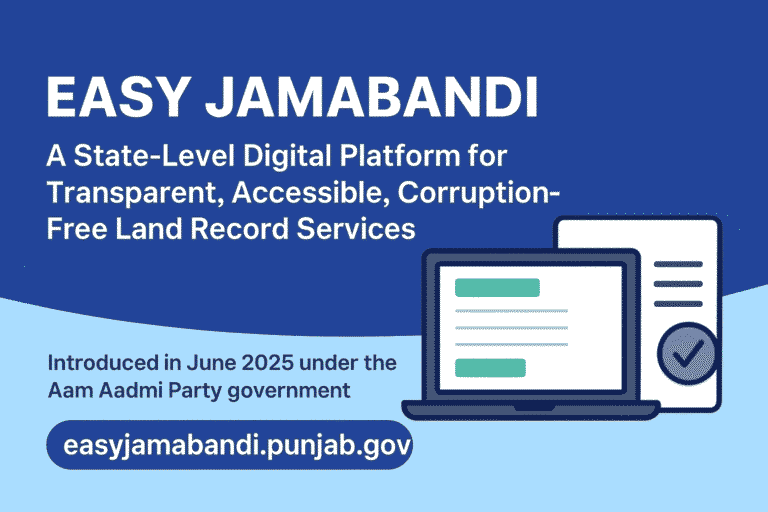Prime Minister Modi Inaugurates NMIA: Real Estate Market Gears Up for Takeoff
Prime Minister Narendra Modi recently inaugurated the Navi Mumbai International Airport (NMIA), signaling a transformative era for the city and its surrounding areas. As India continues its rapid urban expansion, infrastructure projects like NMIA are not just transport milestones—they are powerful catalysts for real estate growth.
For real estate investors, developers, and homebuyers, the airport represents a unique opportunity to capitalize on rising property values, residential demand, and commercial development in Navi Mumbai.
How Infrastructure Projects Impact Real Estate
History and urban development studies consistently show that major infrastructure projects drive real estate growth. Airports, metro lines, expressways, and industrial corridors create:
- Improved connectivity, attracting residents and businesses
- Higher demand for residential and commercial spaces
- Rapid appreciation in land and property values
- Opportunities for retail, hospitality, and logistics sectors
The NMIA is expected to follow this trend, making Navi Mumbai one of India’s most promising real estate hotspots.
Residential Real Estate Opportunities Near NMIA
The inauguration of NMIA is a boon for residential developers and investors. Areas like Panvel, Ulwe, Dronagiri, and Kharghar are witnessing unprecedented demand for homes.
1. Panvel and Ulwe – The Upcoming Residential Hubs
- Panvel: Already a growing township, Panvel is poised for a surge in demand as professionals and airport staff seek nearby housing.
- Ulwe: The most prominent beneficiary of NMIA, with new affordable and luxury residential projects being launched by top developers.
2. Premium Villas and Gated Communities
- Investors and HNIs are showing interest in gated communities and villas close to the airport, anticipating high appreciation over the next 5-10 years.
- Amenities like parks, schools, and retail zones are boosting the appeal of these projects.
3. Affordable Housing Demand
- With airport employees, logistics staff, and small business owners relocating, the demand for mid-range apartments is rising sharply.
- Affordable housing projects are attracting first-time homebuyers, providing a balanced growth in residential sectors.
Commercial Real Estate: Offices, Warehouses, and Retail Spaces
The impact of NMIA is not limited to residential properties. Commercial real estate in Navi Mumbai is experiencing a massive uplift:
1. Office Spaces
- Businesses are keen to set up head offices, regional offices, and co-working spaces near the airport for easy connectivity.
- IT, finance, logistics, and aviation-related companies are expected to drive demand.
2. Warehousing and Logistics Hubs
- NMIA is projected to handle international cargo efficiently, making Navi Mumbai a logistics hotspot.
- Warehousing facilities near Panvel and Ulwe are seeing high investment interest, supporting long-term rental yields.
3. Retail and Hospitality Growth
- New airports attract hotels, malls, restaurants, and entertainment centers.
- Developers are planning mixed-use projects combining retail, office, and residential spaces to maximize ROI.
Investment Perspective: Why Now is the Right Time
Investors seeking high returns in Indian real estate should consider Navi Mumbai now due to:
- Early-stage investment advantage – Property prices are lower now before the area fully develops.
- High appreciation potential – Infrastructure-led growth historically increases land value by 30-50% over 5 years.
- Rental income opportunities – Airport staff, hotel workers, and commercial tenants create steady rental demand.
- Government-backed project – NMIA has strong support from central and state governments, reducing project risk.
Top Areas to Invest in Navi Mumbai Post-Airport Inauguration
| Area | Key Benefits | Types of Properties |
| Panvel | Established town, excellent road connectivity | Apartments, villas, townships |
| Ulwe | Direct airport access, upcoming metro line | Premium apartments, affordable housing |
| Dronagiri | Coastal area, scenic surroundings | Villas, gated communities |
| Kharghar | Educational hub, upcoming commercial zones | Flats, commercial offices |
Real Estate Trends to Watch
- Smart Townships: Developers are planning self-sustained townships with schools, hospitals, malls, and offices.
- Luxury Housing: Ultra-luxury villas near the airport for HNIs and NRIs.
- Rental Demand Surge: Short-term rentals for business travelers and airport staff.
- Mixed-Use Developments: Integration of residential, commercial, and retail spaces to create live-work-play environments.
Government Policies Supporting Real Estate Growth
The Maharashtra government has introduced initiatives to support real estate development around NMIA:
- Fast-tracking land approvals for residential and commercial projects
- Incentives for affordable housing developers
- Infrastructure expansion like roads, metro connectivity, and water supply
These policies make Navi Mumbai a strategically safe and profitable investment destination.
Conclusion
The Navi Mumbai International Airport inauguration by Prime Minister Modi is more than a transport milestone; it is a real estate game-changer. Residential and commercial properties near the airport are witnessing high demand and rapid development, offering attractive opportunities for investors, buyers, and developers.
Whether you are a first-time homebuyer, investor, or developer, Navi Mumbai’s real estate market is poised for significant growth, making this the ideal time to invest and capitalize on the city’s transformation.
FAQs
- What impact will Navi Mumbai International Airport have on real estate prices?
Property values in nearby areas like Panvel, Ulwe, and Dronagiri are expected to rise significantly due to improved connectivity and commercial development. - Which areas are best for residential investment near NMIA?
Panvel, Ulwe, Dronagiri, and Kharghar are the most promising, offering affordable apartments, premium villas, and gated communities. - Is it a good time to buy property near Navi Mumbai Airport?
Yes. Early-stage investment provides high appreciation potential and steady rental income. - What types of residential properties are available near the airport?
Options include affordable apartments, premium apartments, villas, and gated townships. - Will the airport affect rental demand in Navi Mumbai?
Absolutely. Airport staff, logistics workers, and business travelers will create consistent rental demand. - How will commercial real estate benefit from NMIA?
Office spaces, warehouses, hotels, and retail projects are expected to flourish, creating new investment opportunities. - What is the expected ROI for properties near NMIA?
Historically, infrastructure-led areas see 30-50% appreciation over 5 years, with rental yields around 3-5%. - Are there government incentives for real estate development near NMIA?
Yes. Maharashtra is fast-tracking land approvals, supporting affordable housing, and expanding infrastructure. - How far is Ulwe from the Navi Mumbai International Airport?
Ulwe is just 10–15 minutes by road, making it highly accessible and investment-friendly. - Which developers are active near Navi Mumbai Airport?
Top developers include Lodha, Hiranandani, and Dosti Realty, launching premium and affordable housing projects. - Will property prices in Panvel continue to rise post-airport inauguration?
Yes. Connectivity, commercial growth, and residential demand will drive consistent appreciation. - Are there any upcoming metro or road projects near NMIA?
Metro lines and expressways are planned, which will further enhance connectivity and support real estate growth. - Can NRIs invest in real estate near Navi Mumbai Airport?
Yes. NRIs can invest in both residential and commercial properties, leveraging airport-driven growth. - What types of commercial properties are in demand near NMIA?
Warehouses, office spaces, hotels, retail complexes, and mixed-use developments are in high demand. - How will NMIA affect long-term real estate development in Navi Mumbai?
NMIA is expected to transform Navi Mumbai into a global business and residential hub, attracting investors, developers, and companies.
Related Articles:
Dharavi Redevelopment Project: Asia’s Largest Slum Transformation
Agriculture Land: Meaning, Uses, Types, and Importance
Top Posh Areas in New Delhi | Luxury & Expensive Localities
What is Bhulekh? A Complete Guide to India’s Digital Land Records System
Understanding the Land Record Ecosystem of Uttar Pradesh
J&K Land Records Information System- Check J&K Jamabandi Records
Land Records Information System in India | Digital Land Records




